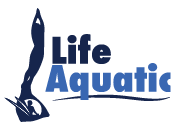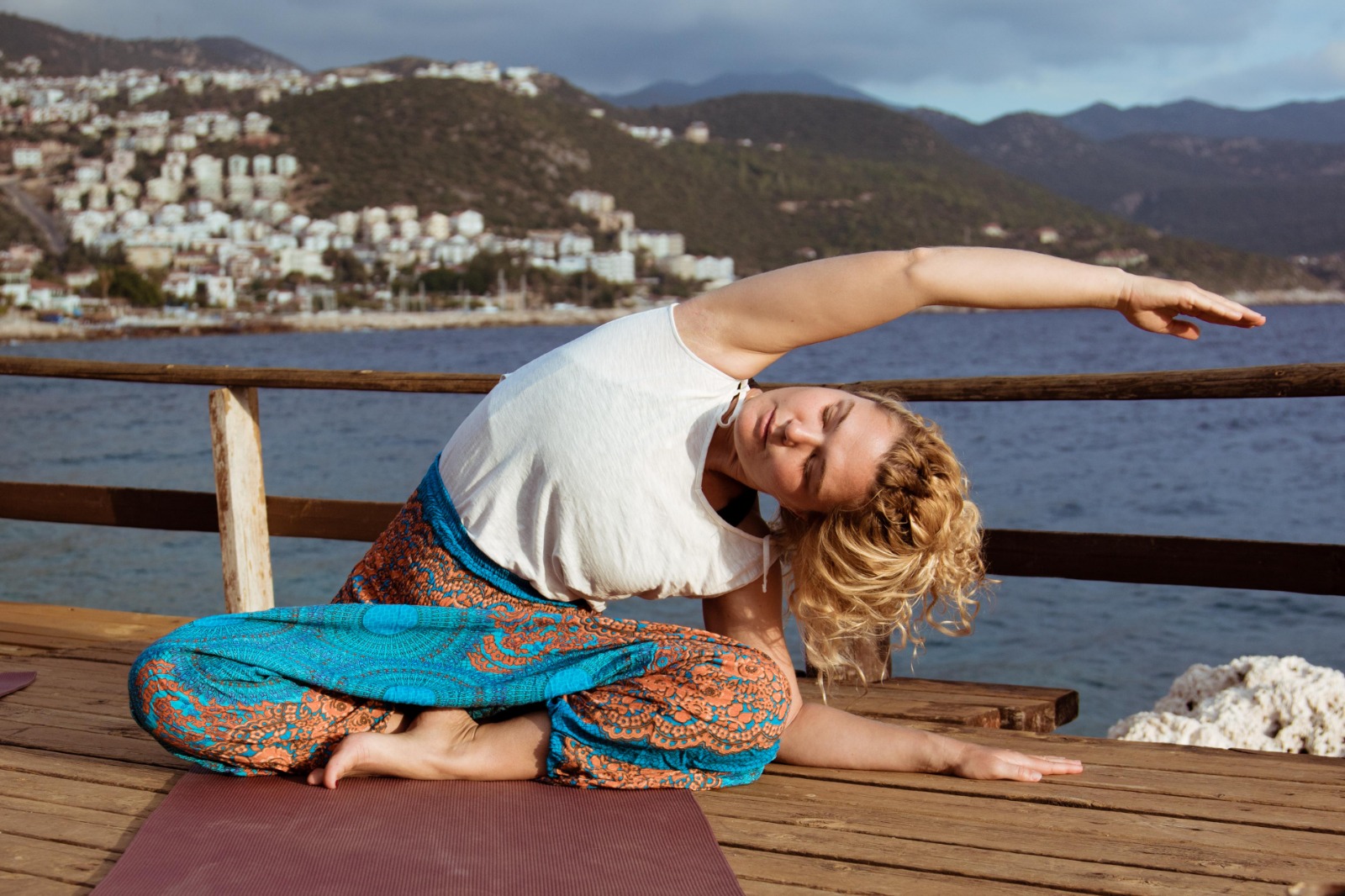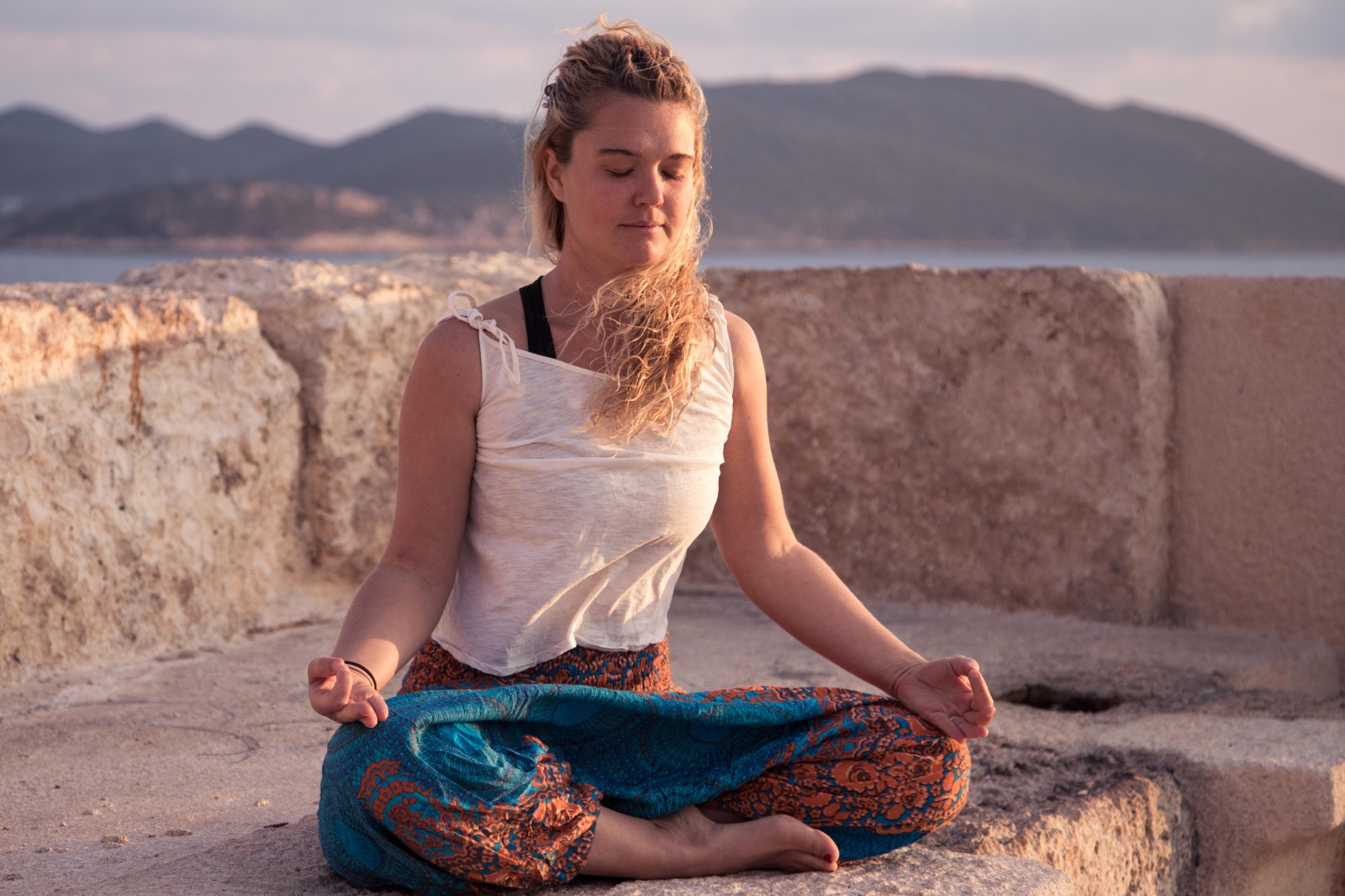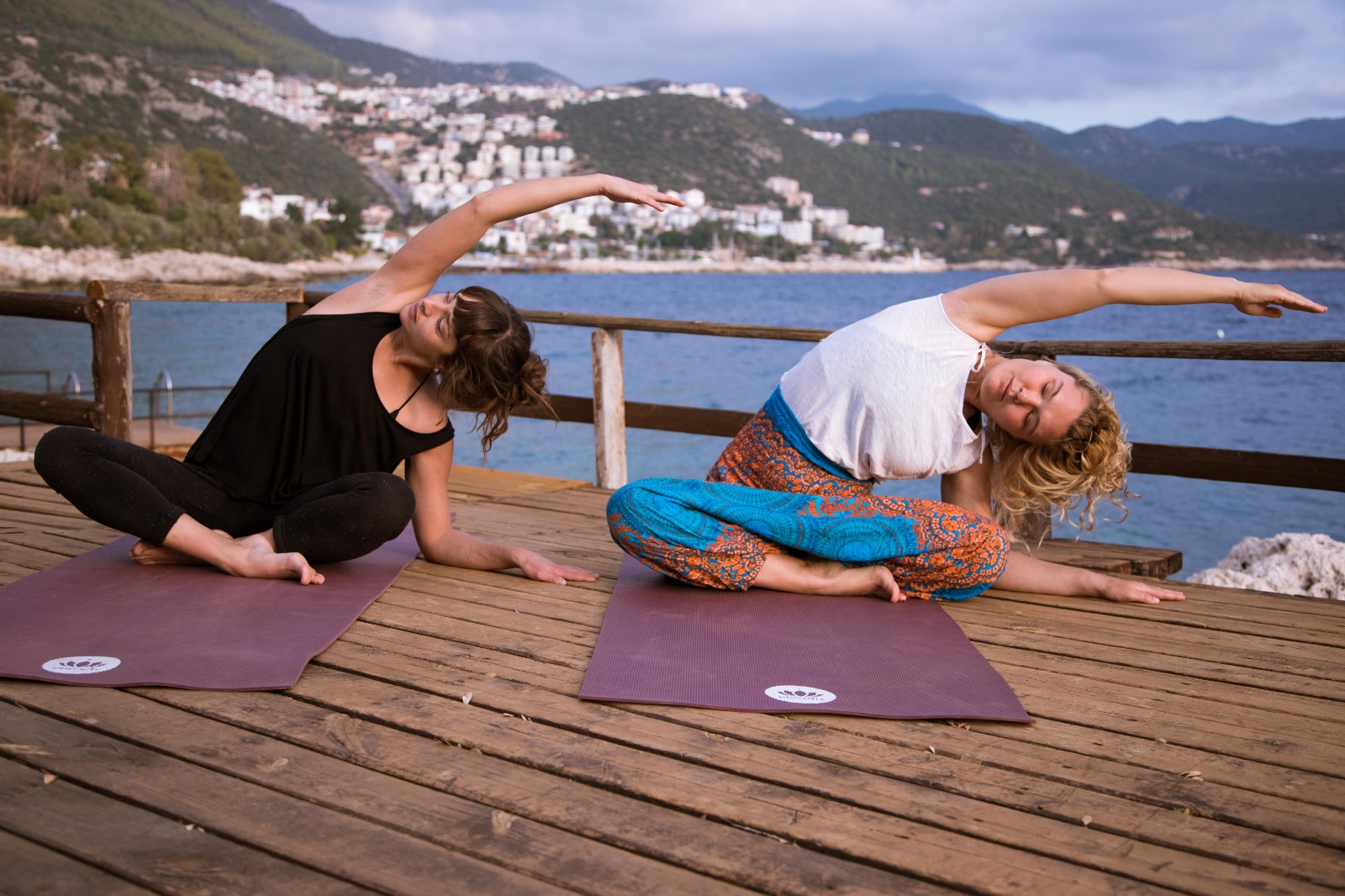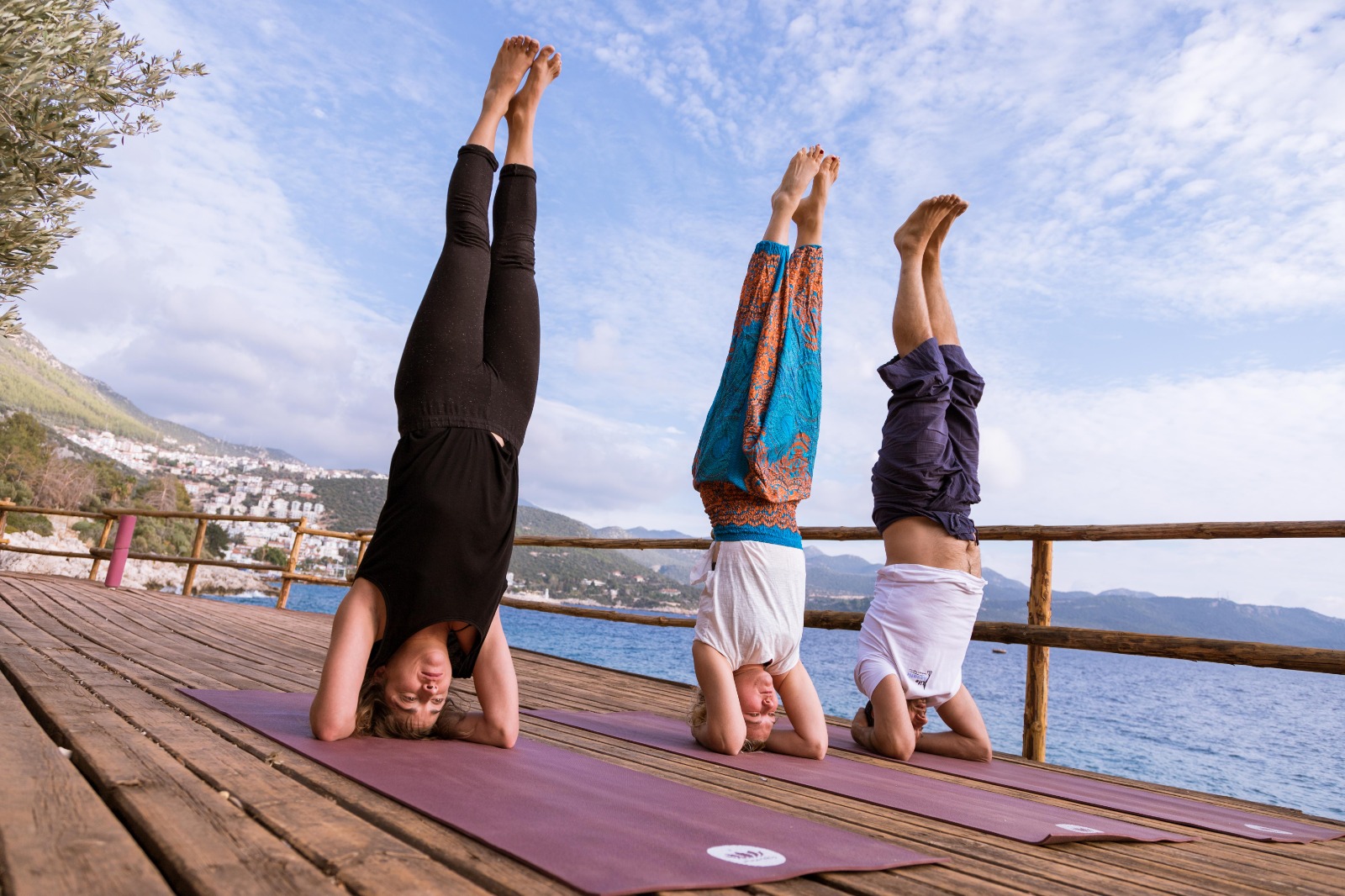Yoga Nedir?
Yoga, eski Hindistan’da ortaya çıkan fiziksel, zihinsel ve ruhsal bir uygulamadır. Genel sağlık ve refahı teşvik etmek için tasarlanmış fiziksel duruşların (asanalar), nefes tekniklerinin (pranayama), meditasyonun ve etik ilkelerin (yamalar ve niyamalar) bir kombinasyonunu içerir.
Fiziksel duruşlar veya asanalar yoganın en tanınmış yönüdür ve esnekliği, gücü, dengeyi artırmak ve dolaşımı iyileştirmek için uygulanır. Solunum teknikleri veya pranayama, kanın oksijenlenmesini arttırmak ve genel solunum fonksiyonunu iyileştirmek için uygulanır. Meditasyon, zihni mevcut olması ve şimdiki ana odaklanması için eğitme uygulamasıdır, bu da stresi azaltmaya ve zihinsel netliği artırmaya yardımcı olabilir.
Yoga sadece fiziksel bir uygulama değil, zihin, beden ve ruhu kapsayan sağlık ve esenliğe bütünsel bir yaklaşımdır. Popüler bir egzersiz ve stres azaltma şeklidir ve her yaştan ve fitness seviyesinden insanlar tarafından uygulanır. Hatha, Ashtanga, Bikram ve daha fazlası gibi her biri kendine özgü bir yaklaşım ve odağa sahip birçok farklı stili vardır.
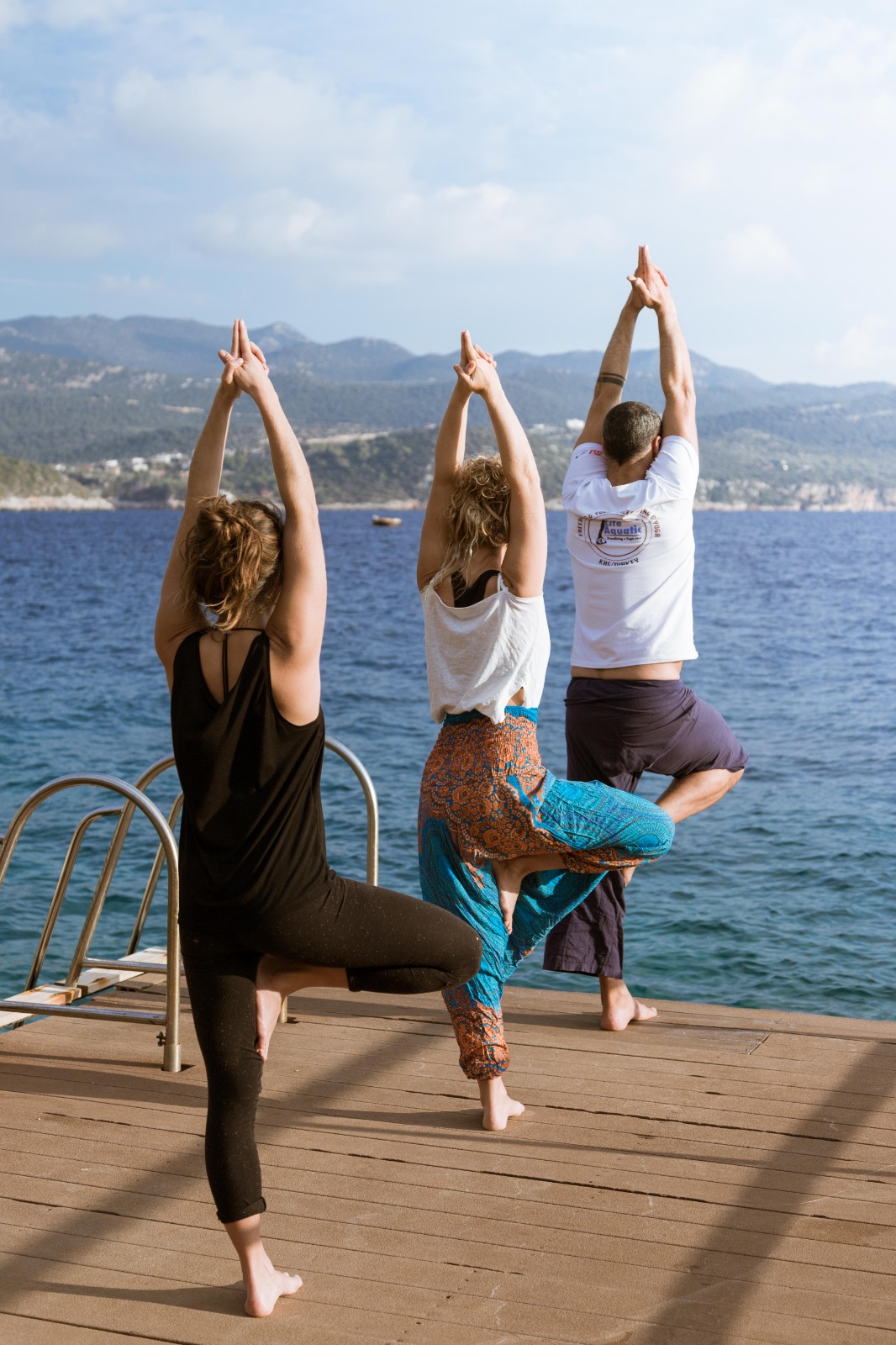

Yoganın Faydaları
Kendi kendini iyileştirmeyi arttırır
İnsan vücudu mükemmel derecede zekidir. Yaşamın her aşamasında gece gündüz karmaşık bir fizyolojik dengeyi korumayı başarır. Yoga uygulamak, vücudun bu karmaşık dengeyi korumasına yardımcı olur, bu da kendi kendini iyileştirme kapasitenizi arttırır.
Yoga’ya göre, hastalığın ana nedeni zor duygularda yatmaktadır.
Olumlu düşünme ve meditasyon yapmak, olumsuz duygulardan etkilenme olasılığınızı azaltır. Öncelikle vücudunuza dikkat ederseniz, Yoga asanaları (duruşlar), pranayama (nefes egzersizleri) ve rahatlama uygularsanız, meditasyon yapmak ve olumlu düşünmek daha kolay olacaktır. İyi beslenerek kendinizi de destekleyebilirsiniz. tüm bu unsurlar bir araya gelir. Nitekim, Sanskritçe “birlik” anlamına gelir. Yoga yapmak, vücudun doğal dengesini bulmasına yardımcı olur ve zihne vücudun sorumlu ve akıllı bir sürücüsü olmayı öğretir.
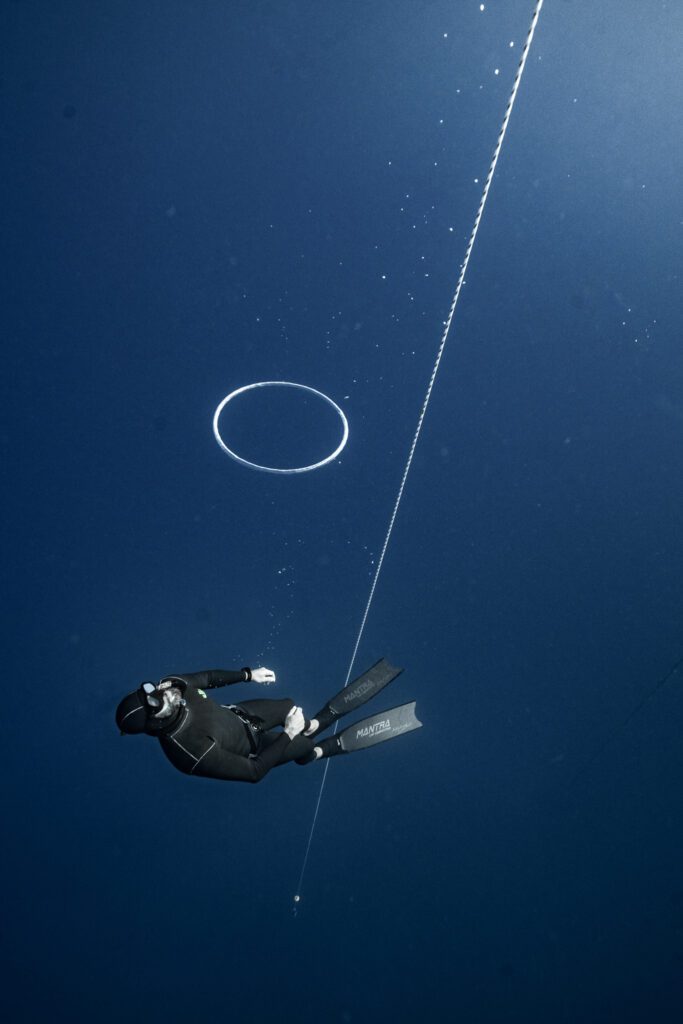
Serbest Dalış ve Yoga
nefes eğitimi, bedensel farkındalık, rahatlama ve meditasyon gerçekten fiziksel düzeyde ve ötesinde kişisel dengenin temelleridir ve serbest dalışın önemli bir parçasıdır. Birçok disiplinden sporcular, serbest dalgıçlar ve ilgili eğitmenleri, Yoga ve meditasyonun optimum yaşam ve kişisel hedeflere ulaşmak için odaklanma için gerekli araçlar olduğu konusunda hemfikirdir. Yoga ve meditasyonda yeniyseniz, dalış öncesi ve sonrası seansların zihninizi ve bedeninizi tam rahatlamaya doğru ne kadar etkilediğine şaşıracaksınız.
Bu kombine uygulama, vücudumuzu serbest dalışın çeşitli zorluklarıyla yüzleşmek için donatmamıza yardımcı olur. Göğüs kafesini destekleyen kasları güçlü ve esnek tutarak derinlikte bulunan artan basıncı daha kolay idare etmemizi sağlayan fiziksel bir duruma getirir. Bu şekilde, böyle bir rejime düzenli katılım, 30 m derinliğin ötesinde serbest dalışla ilişkili akciğer hasarı risklerini minimuma indirir.
Sadece sizi güvende tutmak istediğimiz için değil, bu kombinasyona çok değer veriyoruz çünkü yoga ve meditasyon, serbest dalışta en yüksek performansa eşit olan zihin beden durgunluğu ve duruşu seviyesini yaratma konusunda derin bir yeteneğe sahip.
